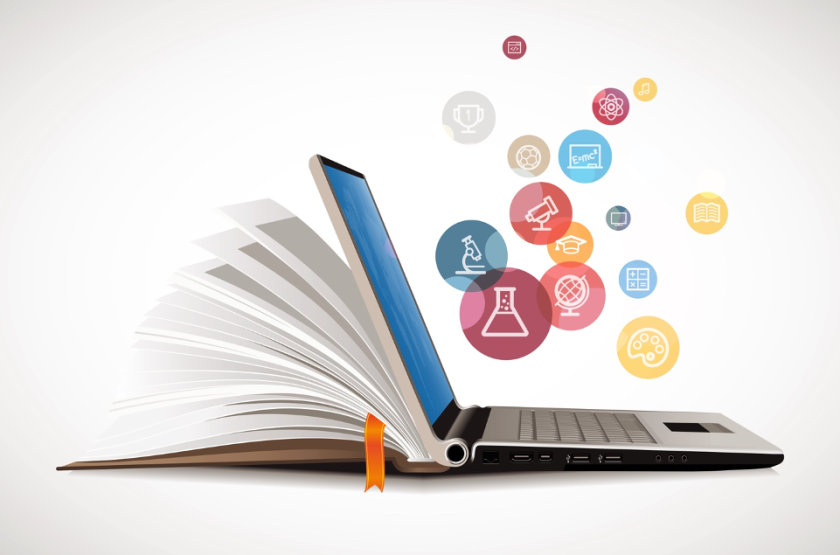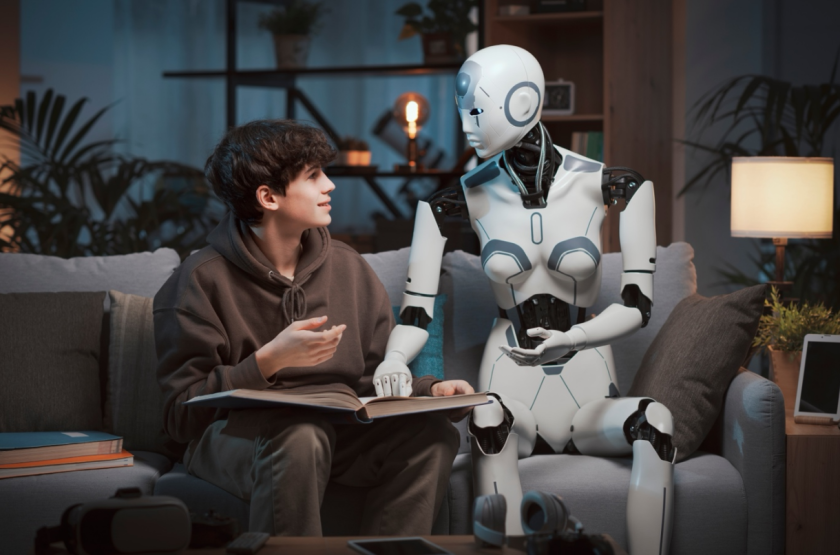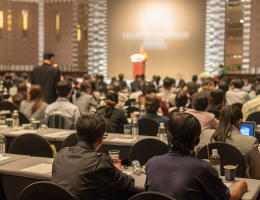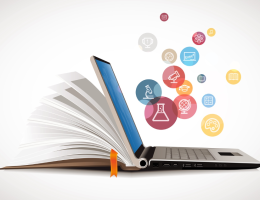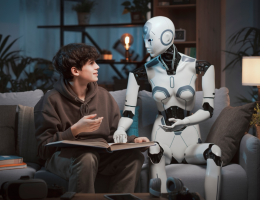Meeting in the middle: machines meet humans in patent translation
- Tom Armstrong
- March 3, 2016
- 5,720 views
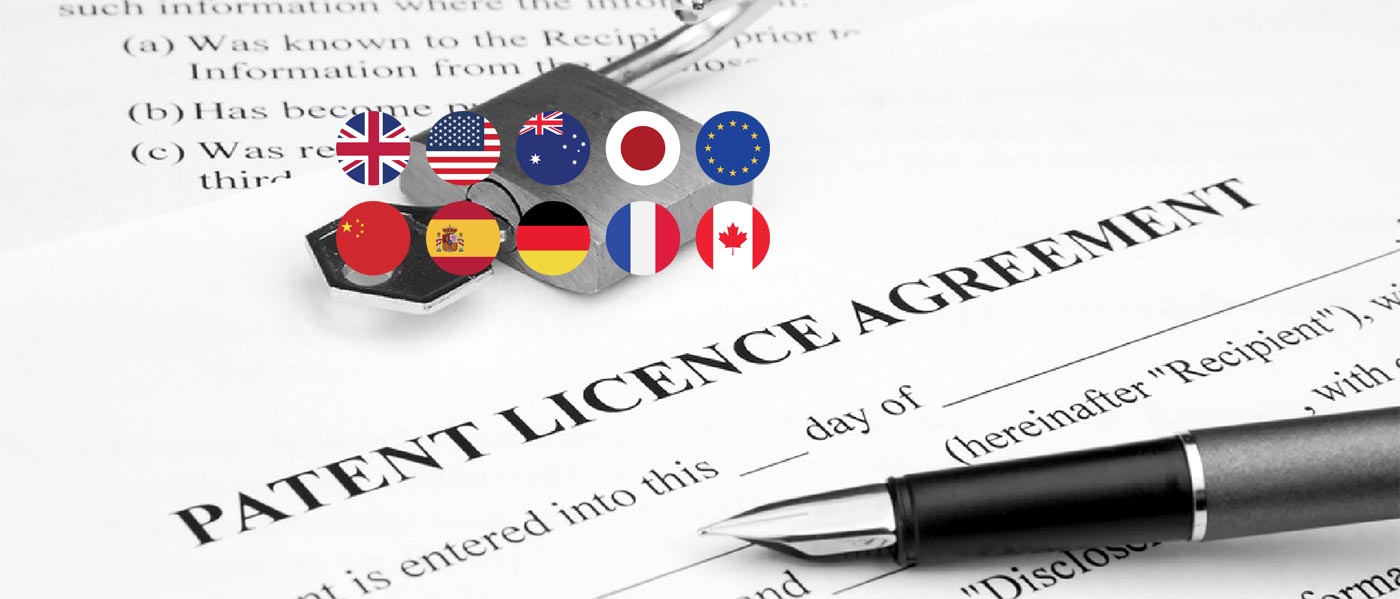
Stepes is all about streamlining the international patent translation process to deliver returns to both translators and clients. One of the ways Stepes streamlines the process is to incorporate machine translation (MT) software into its mobile-centric translation platform.
Machine translation has progressed by leaps and bounds in the last few decades, but it is human translation that takes it to the level of quality needed by most businesses and organizations today.
Thus, Stepes leverages the best existing machine translation (MT) capabilities on the market today with human translation and editing to produce the highest quality results in record time. Anyone translating from either mobile or desktop with the Stepes translation tool can hit the “MT” button to automatically translate the source text or spoken audio. The human translator then looks over this “first draft” of the translation to correct any mistranslations, syntax errors, and adjust the general tone and nuance of each sentence. In this way, translators can work more quickly while maintaining high quality of output.
For many types of industries, MT results are accurate enough to provide a useful starting point for translation, saving time for both the translator and client. Legal documents, such as terms of service documents, user licenses, and contracts, often contain standardized texts that follow very similar if not identical patterns, and are ideally suited for machine processing. This is why MT systems can draw on previous translations to produce relatively accurate translations of the document that a human translator can then do a final edit on. The United States Patent and Trademark Office (USPTO) recently unveiled a web portal called Global Dossier for translating published patent applications and patents. Those who log into the USPTO can now access the full history of a patent, even if the documents were filed from a different country in a different language.
Of course, machine translation isn’t perfect yet.
“I would say the translation seems to be optimized for patent language and it is at least equal to, if not better than, the Google Translate service,” said one lawyer, cautiously. He goes on to say that “professional translation by a Patent Attorney should be sought when accuracy of translation is required―for example, when the language of a claim needs to be properly construed.”
With such high stakes in the event of a mistranslation, even very standardized language in the legal or finance industries should still employ human translators to review (post-edit) and retranslate important documents, where ambiguity can cost a client millions.
Stepes takes the best of both worlds (machine translation and human post-edit) to consistently deliver the high quality results businesses need in their global communications efforts. Stepes is also powered by TermWiki.com, a sister site that maintains nearly all of the legal terminology used by the international law communities in all major languages. When it comes to patents and legal materials in general, terminology accuracy is crucial as misinterpretation can result in millions of dollars of damage. In fact, this is one reason the U.S. Supreme Court mandates that all patent litigations in the United States must conduct a Markman hearing to define and establish the meaning of key terminology used in the case. The stakes for terminology mistakes are even higher for patent translations as they can result in failures in obtaining and enforcing international patents.
Moreover, Stepes’ big translation approach enables bilingual patent attorneys, paralegals and other legal experts to get involved with translation or linguistic review, resulting in significantly improved technical accuracy and linguistic quality. Secondly, as with today’s rating based economy, Stepes makes each translator on its network accountable for his or her work, allowing only the most qualified linguists with the best quality to flourish in the democratization of translation.
Perhaps, many years into the future, we will have flawless machine translation systems whispering in our ear, translating incomprehensible speech into our native languages almost instantaneously. Stepes, as an all-encompassing language platform, will likely be on the forefront of that revolution when it comes as well. For now though, Stepes offers best translation solution out there by combining the speed of machine translation with the nuance of human talent.


